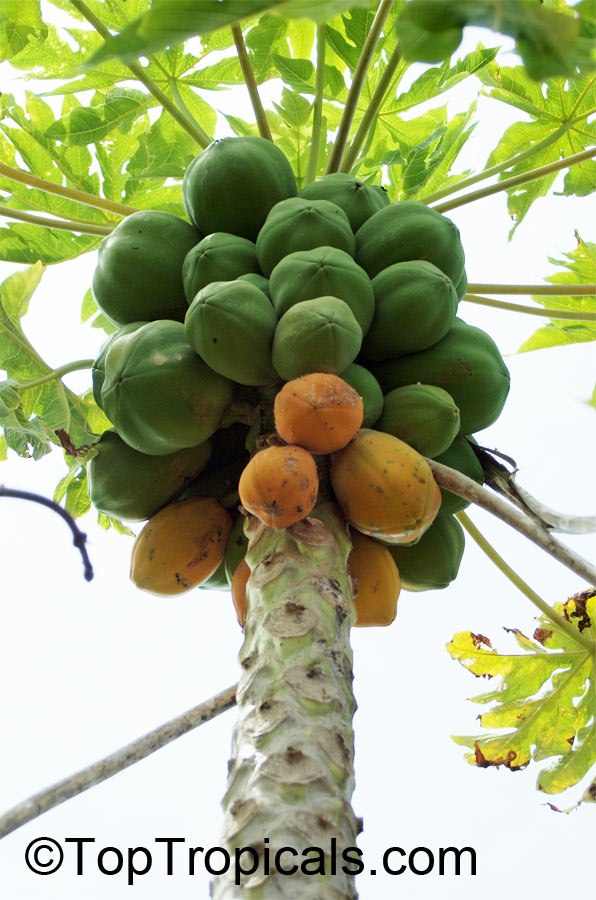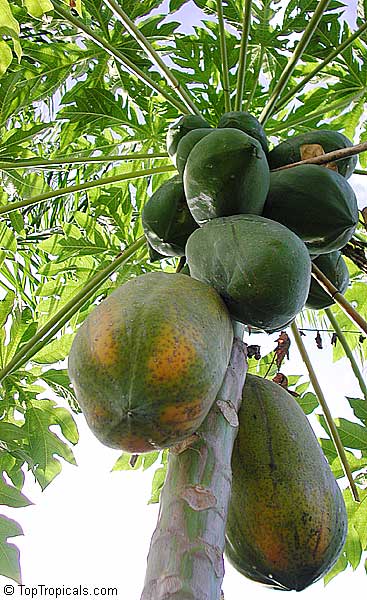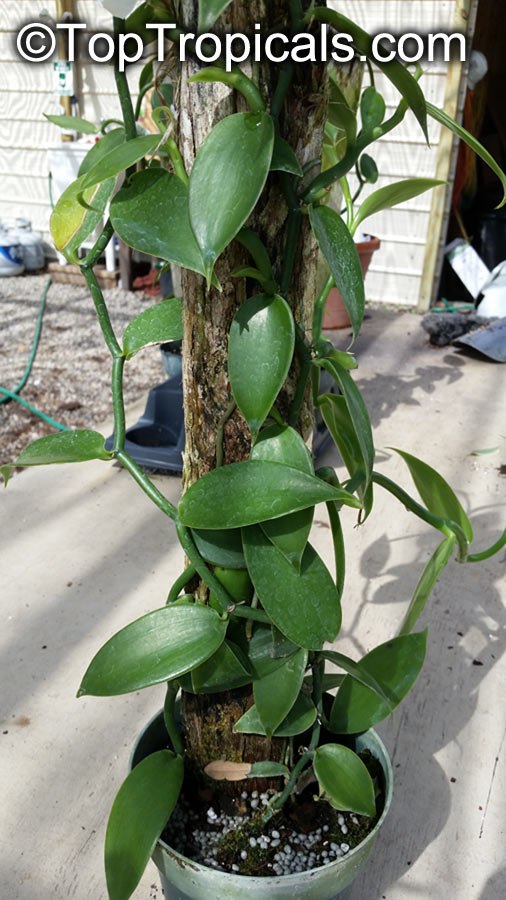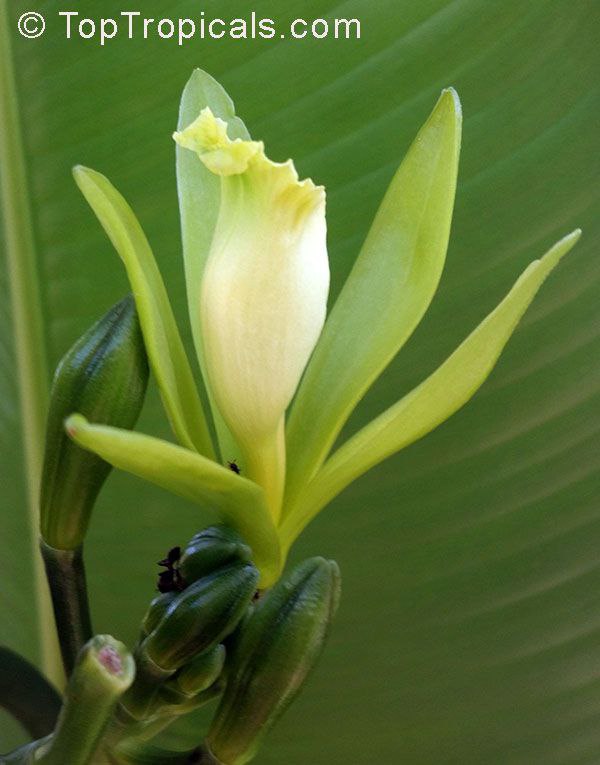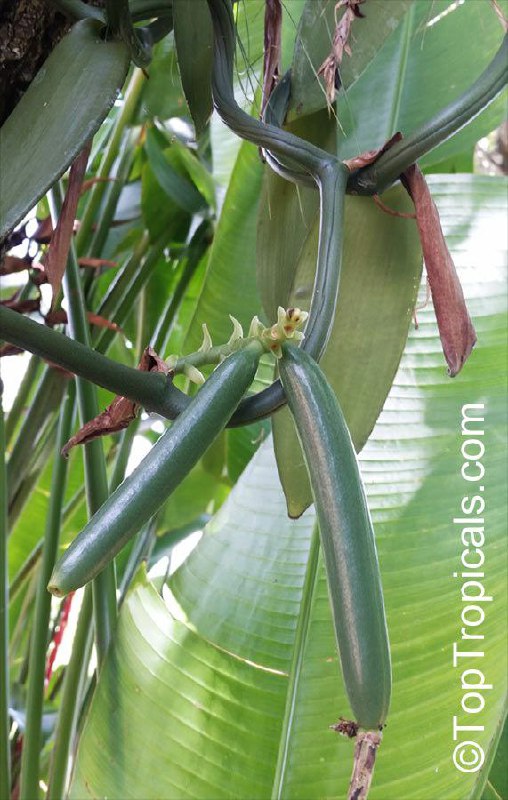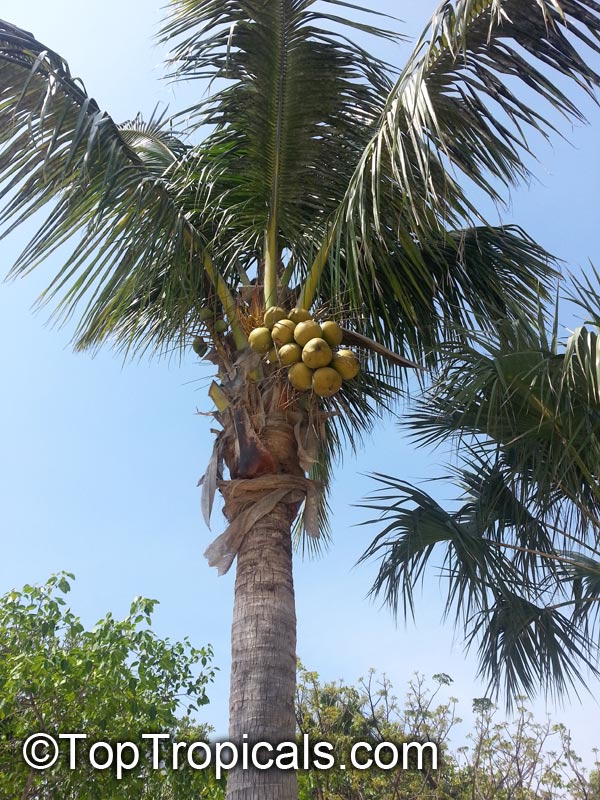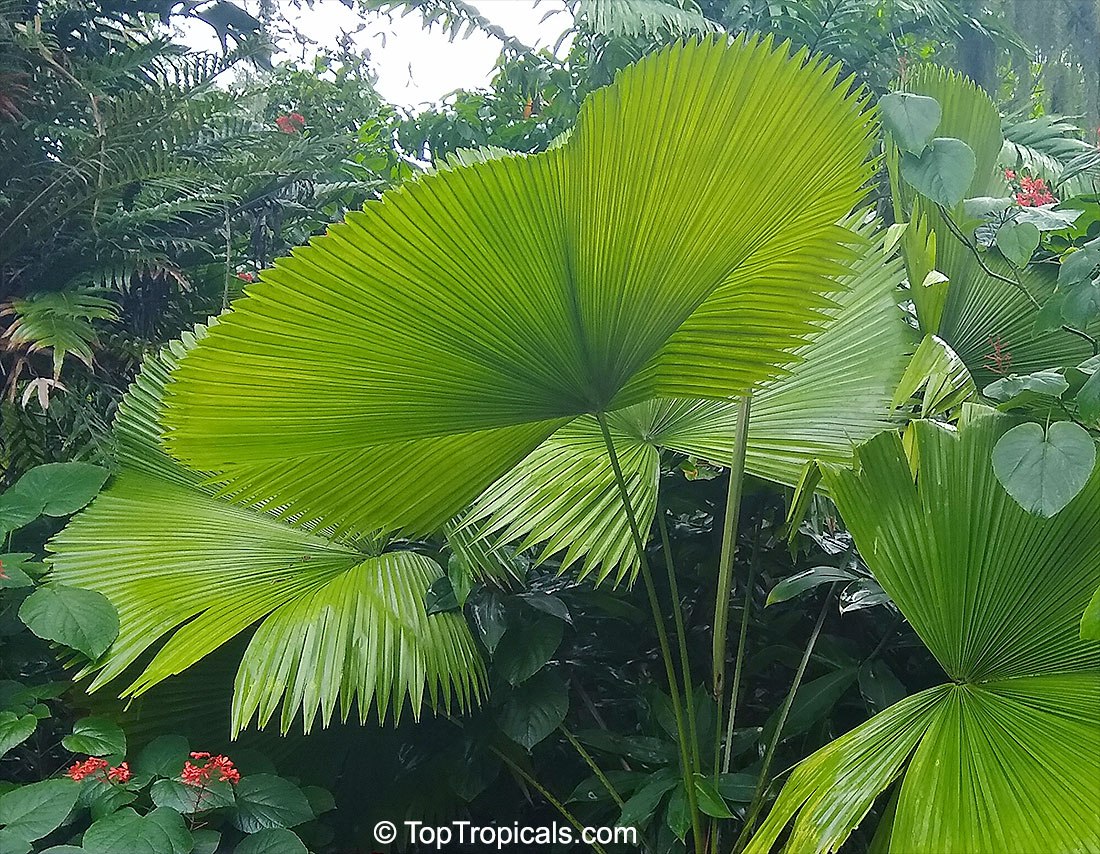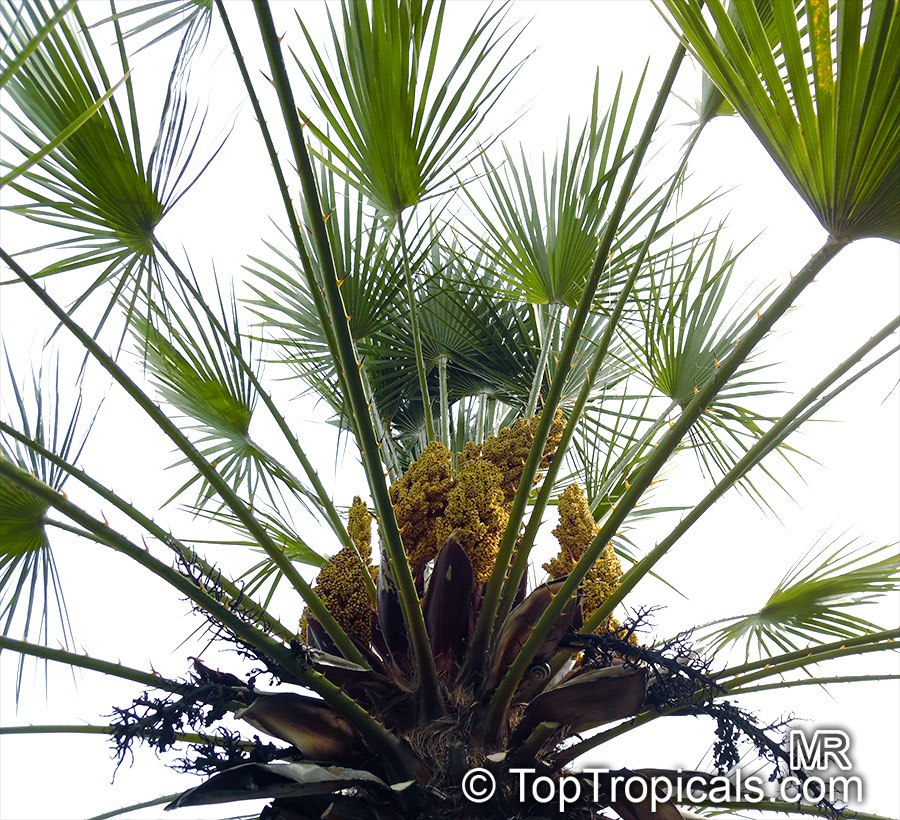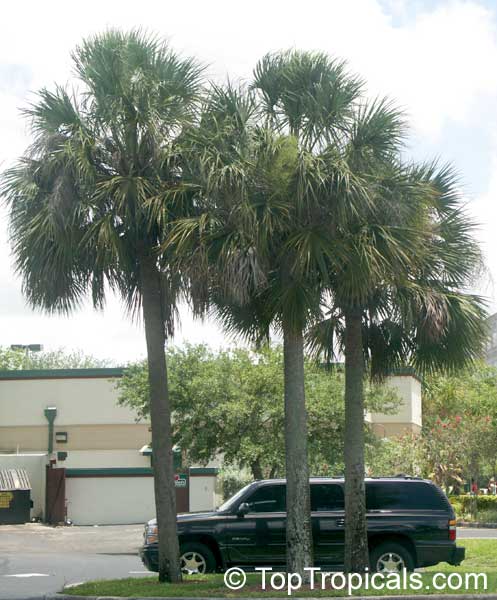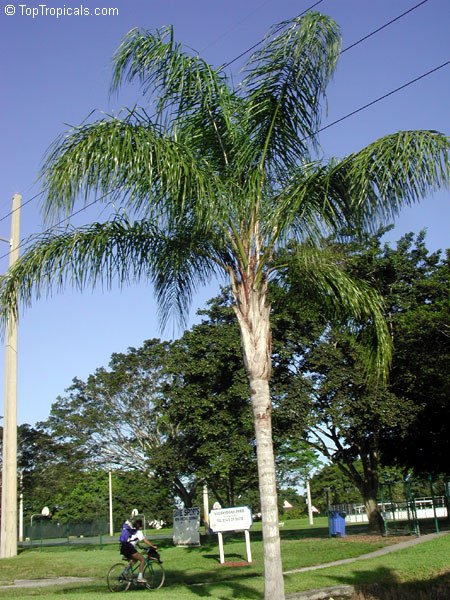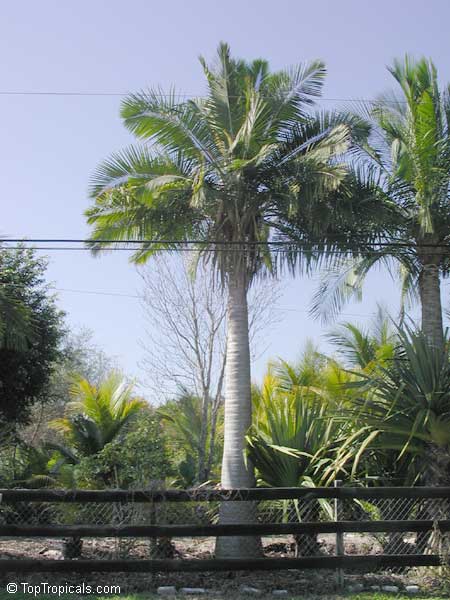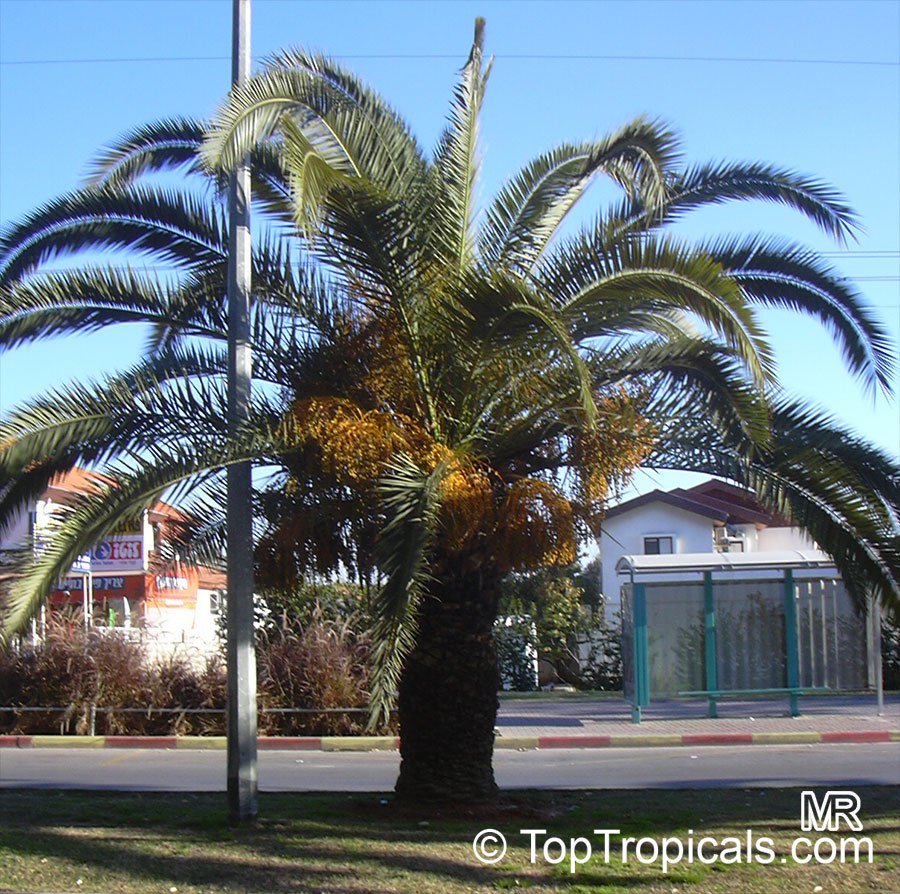New Year with New Plants: how to choose from 17 Tropical Paradise Resolutions
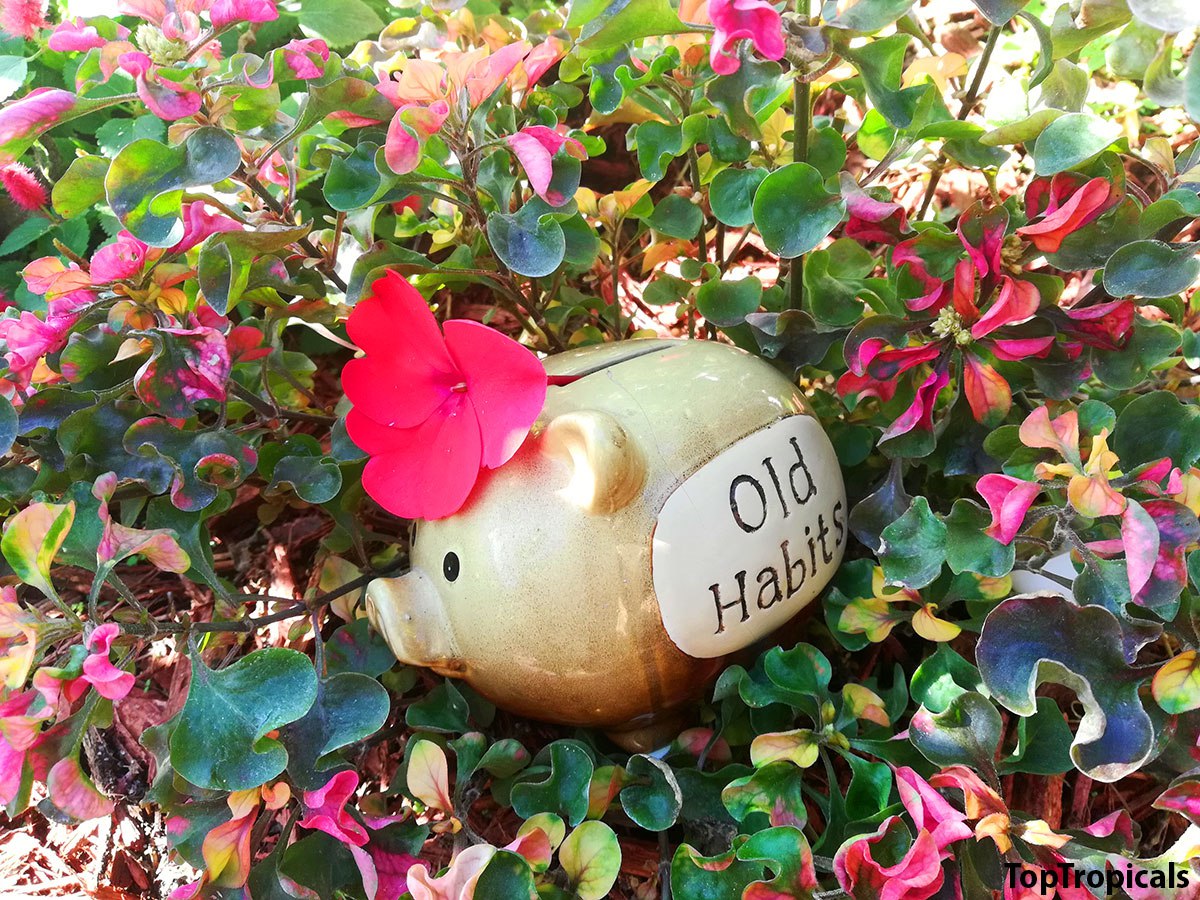
✍️ "A garden is never so good as it will be next year..." - Thomas Cooper.
⚡️ As we step into a fresh new year, it's the perfect time to think about what exciting, special, and life-changing plants we can add to our gardens. The days are getting longer, and spring is just around the corner, so now's the time to make a plan and prepare for the season ahead. Let's take small steps each year to create the garden of our dreams. This winter, consider these fun resolutions:
💋Hang a bird feeder and install a rain barrel- 💋Order some tropical plant seeds for an early start
- 💋Ask your grandparents about their favorite garden plants
- 💋Build a raised bed for succulents
- 💋Plant a fruit tree or two to have some crop this year
- 💋Start a compost pile
- 💋Switch to organic fertilizers and plant boosters
- 💋Fill empty spaces with flowering trees, shrubs, and vines
- 💋Add butterfly attractors to your garden
- 💋Provide water for bees and butterflies to help them thrive and pollinate your fruit trees
- 💋Get a bonsai starter to try bonsai art
- 💋Enjoy meals outside as often as you can
- 💋Teach a child how to plant a tree
- 💋Plant berry-bearing shrubs like Tropical Cherries to feed the birds
- 💋Rake up leaves for winter mulch
- 💋Add a few exotic plants to your indoor collection or container garden
- 💋Share plants as gifts all year long
- 🚩🚩🚩🚩 Happy gardening in 2025!
#How_to #Quotes
🔴 Join 👉 TopTropicals
